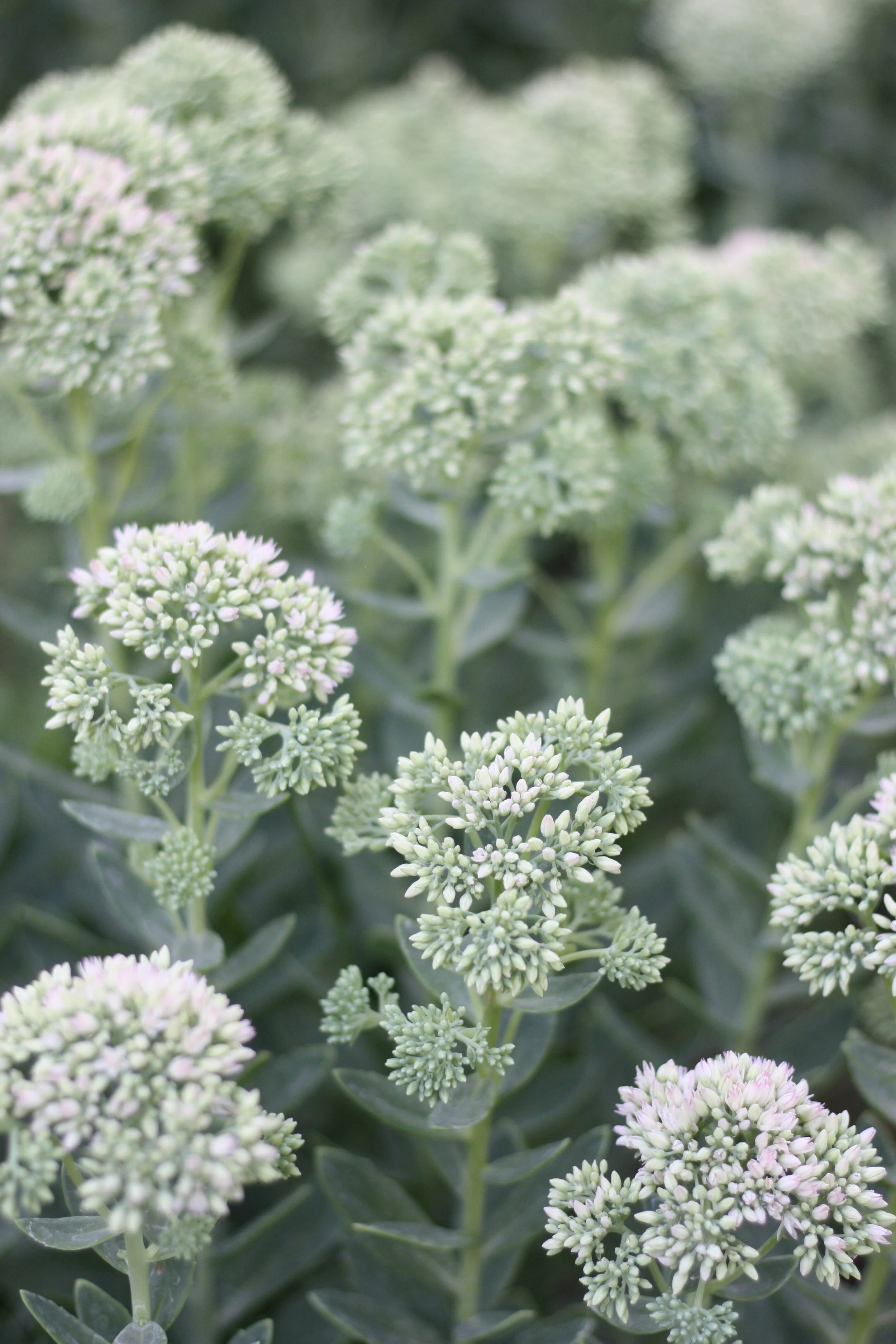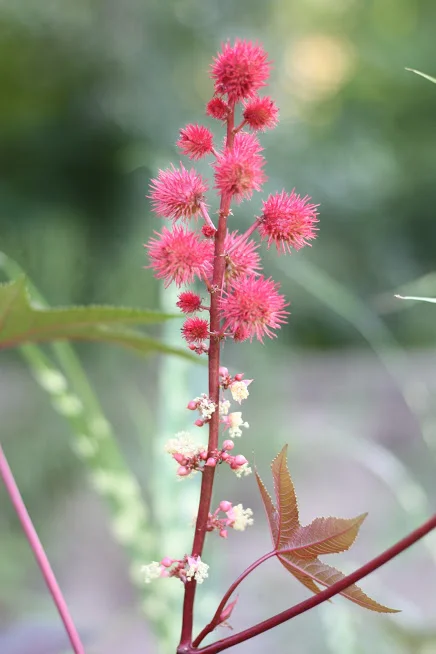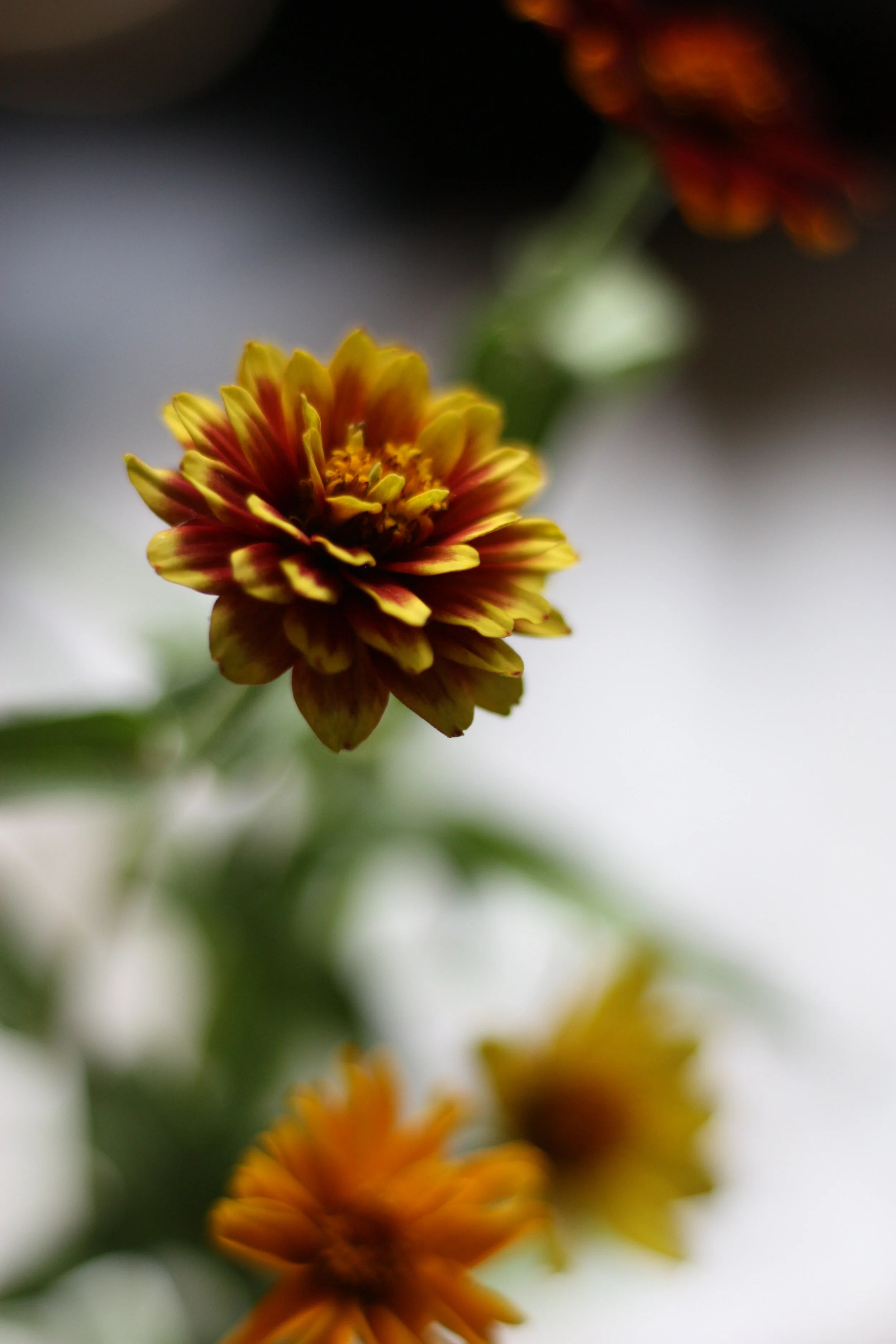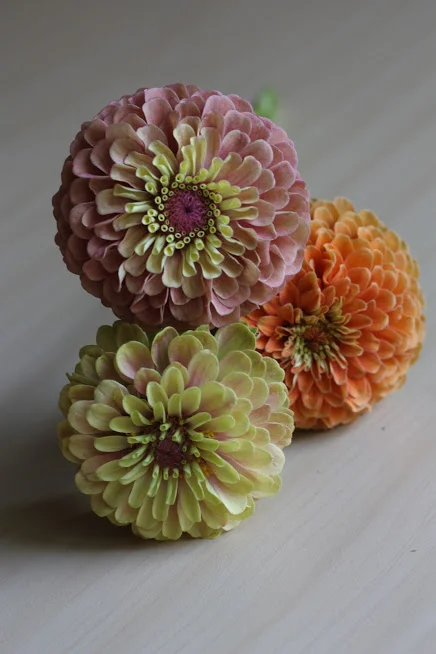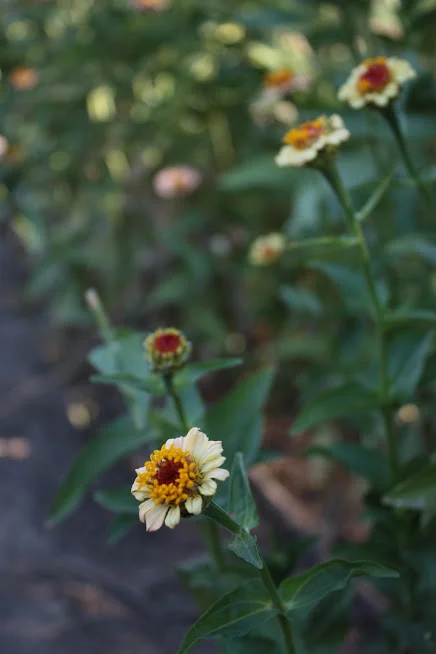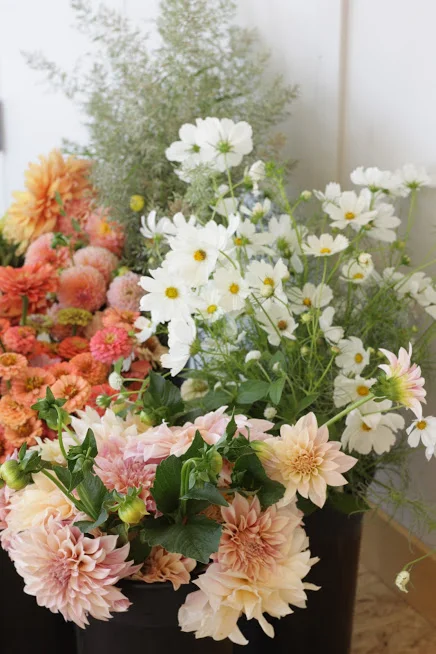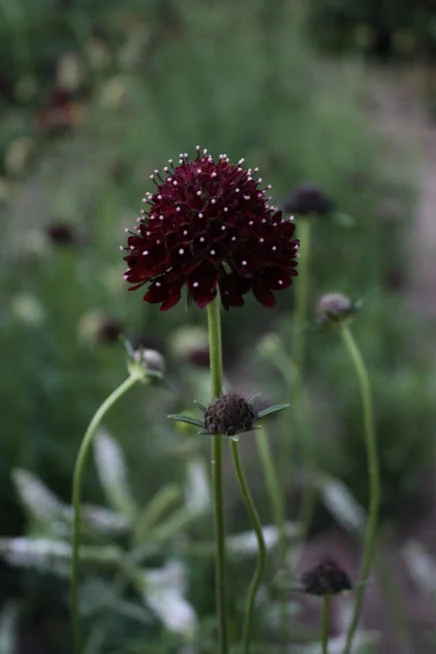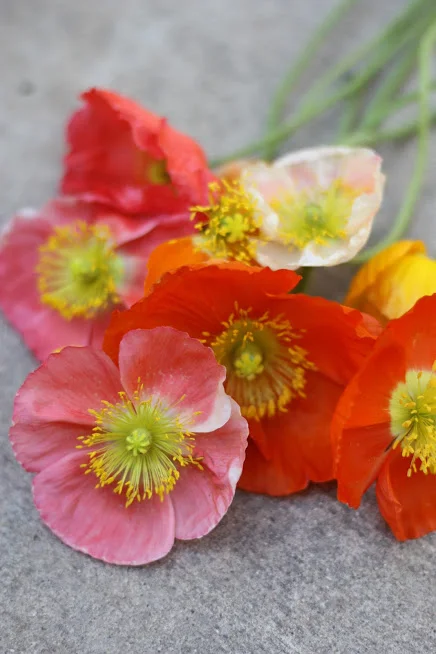Sedums are one of the most underrated and least frequently grown plants that flower farmers grow.
I think it’s a shame because sedums are one of the easiest perennials to grow, tolerating even the most harsh and unfavorable conditions while still getting bigger and better every year with little to no care whatsoever.
If you’ve been suffering with trying to grow finicky flowers like lisianthus and poppies and ranunuculus, you will find growing sedums to be very relaxing, carefree and allow you to spend your time on other things like tying sweet peas and staking dahlias. They literally require no care whatsoever aside from planting, are incredibly easy to propagate and maintain, and will provide you with a nice fall crop that is a break from the constant march of zinnias and dahlias all season long.
Read More